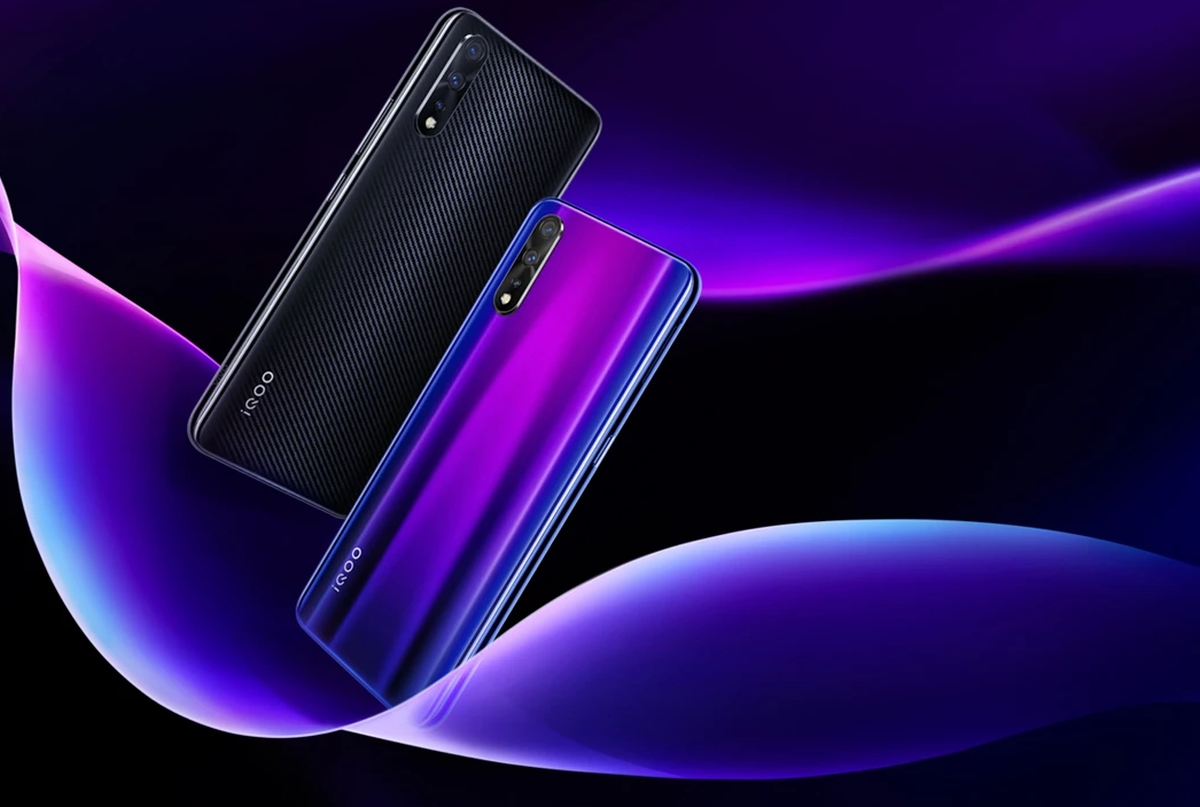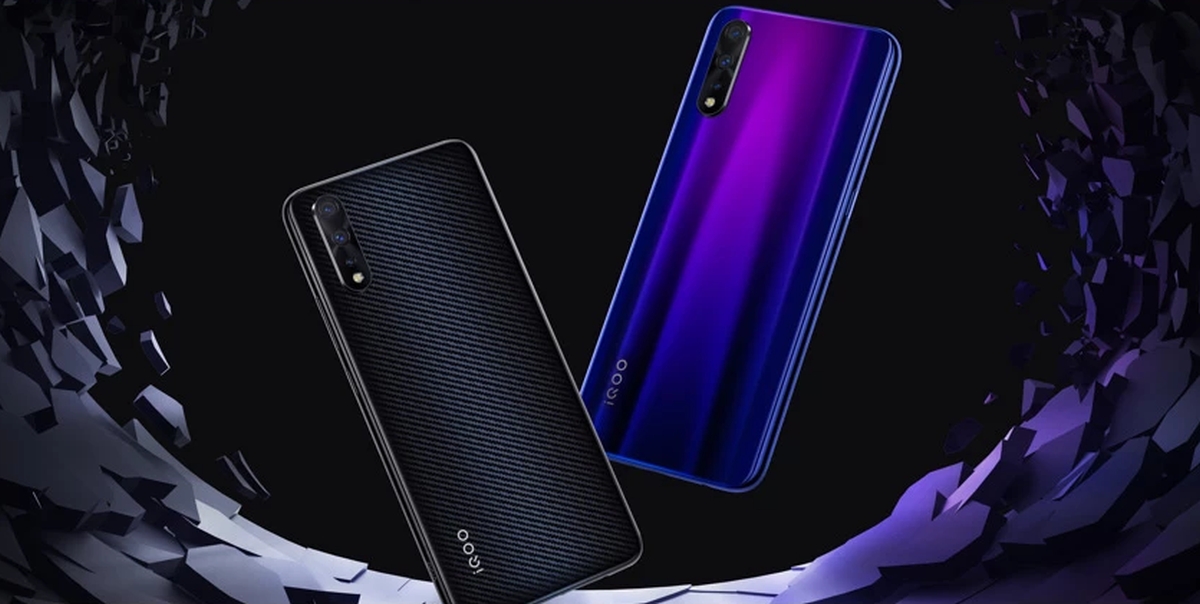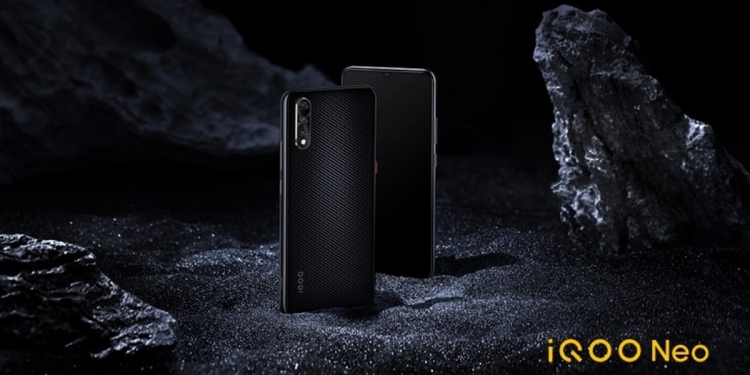Not gonna lie, I was surprised by how much I liked Vivo‘s iQoo smartphone. It was a great execution of an idea at a good price point–something I haven’t really seen from a smartphone maker like Vivo. And the good news is that this doesn’t look like just a one-off thing because the company has just announced a brand new smartphone flying the iQoo flag, and that smartphone is called the iQoo Neo.
Now, the Neo isn’t a phone that’s designed to supplant the original iQoo, instead it’s supposed to sit right below it as a more affordable option. But, the iQoo’s done this with a very interesting approach: Instead of just slapping a mid-range Snapdragon 6 series or Snapdragon 7 series processor to the iQoo Neo, they’ve actually bundled the phone with last year’s Snapdragon 845 flagship chipset.
A lot of people like to ask us if picking up a previous year’s flagship smartphone would be better than this year’s mid-range handsets, and I’m always hesitant to recommend doing so. But that’s not because I think the previous-gen flagship processor is necessarily bad. Instead it’s more about the other factors like software support, for example.

That’s why this handset is so interesting because the only thing “last-gen” about its performance–at least, from what I can tell– is the device’s processor. Alongside that, the iQoo features either 6GB or 8GB of RAM with a choice of either 64GB or 128GB of internal storage, which is solid by any measure. On top of that, iQoo also included a massive 4,500 mAh battery, which means it has a bigger cell than even the iQoo, with support for 22.5W Flash Charge fast-charging.
It’s hard to quantify whether the Snapdragon 845 is better than some of Qualcomm’s new upper mid-range processors like the Snapdragon 730 in daily smartphone activities. This is especially so when you consider a lot of a smartphone’s smoothness and performance comes from software optimisation as well. However, the Snapdragon 845 is not a slow chip and in my experience, it’s practically indistinguishable from even flagship processors of today in day-to-day performance.
That said, a smartphone isn’t just about its performance figures. The iQoo Neo also comes with a triple camera system at the back that features a 12MP wide camera, an 8MP ultra-wide camera and a 2MP sensor for depth effects. Up front, the handset sports a 12MP selfie shooter.

In keeping with the iQoo’s gaming push, the iQoo Neo features a dedicated cooling system comprising a vapour chamber that’s sandwiched between two slates of graphite and a piece of aluminium. While those sound very technical–and I’ll be honest, I don’t really get it either–the results should mean a pretty cool phone–up to 3-degrees cooler than other SD845 phones, apparently. And if performs like the iQoo then I think we should have no issues. The iQoo’s Multi-Turbo software performance booster makes a reappearance in the iQoo Neo, so you should see the same kind of features.
That said, it looks like the iQoo Neo doesn’t feature the pressure sensitive shoulder/trigger buttons that I liked so much on the iQoo. It was one of the core features that really sold the iQoo as a gaming phone to me, and to see it missing from the iQoo Neo is disappointing, to say the least.
But, at least it retains a fairly large 6.38″ FUll HD+ OLED display that also comes with an in-display fingerprint scanner. The manufacturer reportedly added touch acceleration to the iQoo Neo’s screen so you will have “zero lag” when using in-game joysticks.
Plus, looking at the price this phone launched at, perhaps I shouldn’t be so hard on it for losing a couple of extra features. The iQoo Neo has prices starting from CNY1.798 (around RM1,082) for the base model with 6GB of RAM and 64GB of internal storage, and go up to CNY2,298 (around RM1,382).
Unfortunately, like the iQoo, there’s no word on whether the iQoo Neo will make it into Malaysia.








